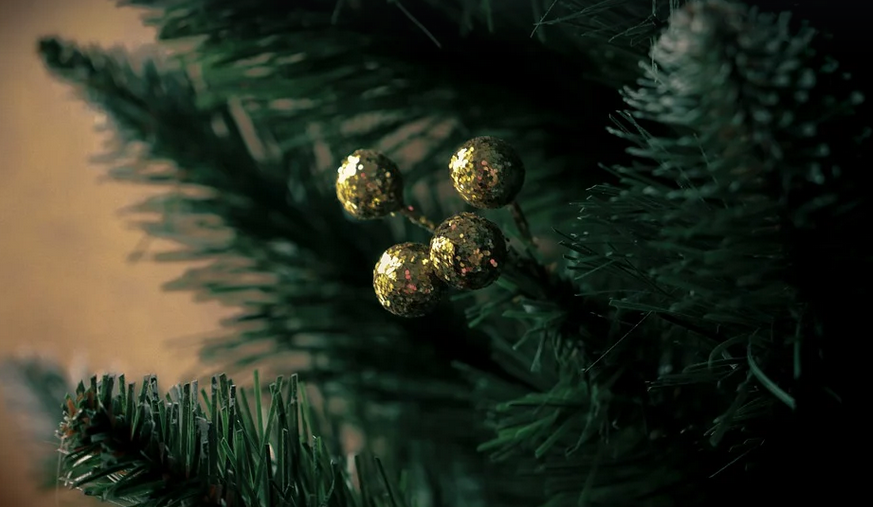
A Simple Solution for Homemade Gourmet Goodness
Ever had that moment of culinary triumph, pouring your homemade sauce or jam into beautifully crafted bottles only to realize the seal isn’t quite right? You’d be surprised how often this happens! The good news is, you can fix it with a simple tool – the humble heat gun. This little gadget might seem like an ordinary air-powered hairdryer but its capabilities extend far beyond simply warming up your morning tea.
For anyone embarking on the journey of home canning or preserving, the ability to seal bottles airtight is crucial for safety and longevity. After all, what’s a home-cooked masterpiece without proper preservation? But the process can seem daunting at first, especially if you’re not familiar with the intricacies of heat sealing.
The Magic of Heat & Pressure
The beauty of using a heat gun for bottle sealing lies in its ingenious blend of physics and practicality. When applied to a clean, slightly heated bottle neck, the heat from the gun softens the rubber seal around the top. This allows you to effortlessly slip it over the mouth of your jar, creating a tight and secure seal. It’s like magic, but trust me, it’s science!
But how does this technique work its wonders? Let’s break it down: First off, heat creates expansion in materials. This principle is at the heart of many cooking techniques. When you heat your bottle neck with a heat gun, the rubber seal expands within that region.
Choosing Your Heat Gun
The world of heat guns comes in various shapes and sizes, each catering to specific needs and budgets. Whether you’re a seasoned home chef or just starting your culinary journey, choosing the right tool is key. For sealing bottles, a gun with adjustable temperature and airflow settings offers the best control.
Before you dive into the world of bottle sealing, consider these factors: A higher watt output allows for faster heating and quicker sealing. For delicate projects like preserving food, a lower wattage will be more gentle on your bottles, but may take longer.
The Art of Sealing
Let’s delve into the process itself! First, you need to prepare your jars and sealants: thoroughly clean your bottles and remove any excess residue. Next, set your heat gun to a moderate setting for a gentle application. Position it about an inch away from the bottle neck in a comfortable, controlled manner.
Gently move the heat gun back and forth over the seal area. You’ll notice the rubber seal begins to soften as you apply consistent pressure. With each pass of the heat gun, the seal will gradually warm up and become pliable.
Precision is Key
As you heat, keep an eye on your bottle’s neck for any slight variations in color or shape – this tells you where the seal needs more attention. Don’t rush; it’s all about ensuring a gentle and even heating process.
Once you have that perfect seal in place, gently press down on the top of your bottle to ensure an airtight connection. With practice, you’ll master this technique almost instinctively!
Safety First!
Remember, safety is paramount when using a heat gun. Always hold your heat gun at arm’s length, and keep it away from flammable materials. Keep children and pets away while you work to avoid any potential mishaps.
Finally, allow the sealed bottles to cool completely before storing them in a safe location. It’s crucial to avoid rapid temperature changes which may affect their integrity. Following these simple steps will help you achieve airtight seals that preserve your culinary creations for longer and ensure they stay delicious!



